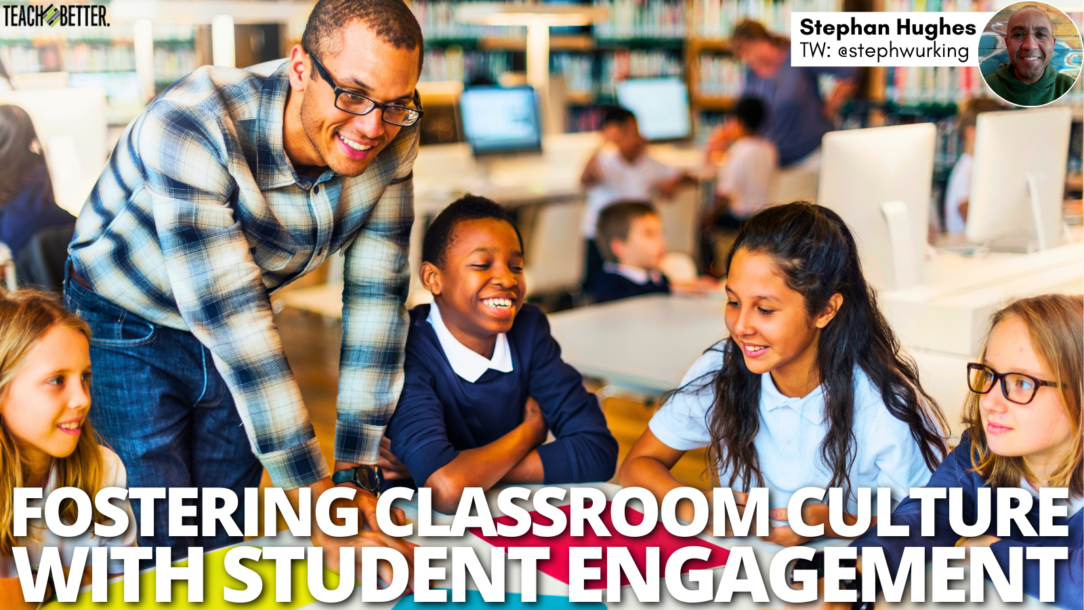TL;DR:
- A student asked about using ChatGPT for book summaries, initially innocently.
- The situation escalated as it’s revealed some students use ChatGPT to study.
- The teacher reflects on a missed opportunity for positive classroom discussion about AI use and maintaining a respectful atmosphere.
“Sir, is it okay if we use Chat GPT to read the summaries of the book?”
The question seemed genuinely innocent enough, so I saw no problem in taking the time to answer the question. We were about to revise for a test on a set novel, so the question seemed untimely and irrelevant. (We all have students who usually produce questions out of nowhere, throwing us off the straight and narrow lesson path we designed for the class. I still make it a point to leave no question unanswered, though, and consequently, no student ignored.)
Make no mistake, one of our jobs as teachers is to show discipline when it is necessary. However, one of our other jobs is to establish a positive learning atmosphere where everyone feels respected, no matter what. Click To TweetAn Innocent Response
“You can use Chat GPT, but you probably won’t always get what you are looking for. The information might be incorrect,” I replied, nonchalantly.
The question came again, this time in a provocative, sneering tone. “Can we really use ChatGPT to get the summaries of the chapters?” the student insisted.
Before I could even think of an answer, the real reason for the question raised its head. “There are some people here using ChatGPT to study,” the student had said in the traditional tell-tale tone, tilting their head to the right in the direction of a classmate.
Until now, I really cannot tell whether they said that hoping to cause the classmate a form of punishment or wanting to hear what I thought about using A.I. tools for learning. All I thought I could sense at that moment was that the student was ill-intentioned. The thought got the better of my judgment as a teacher. I decided I had to make my voice as the authority heard, dealing with the problem before it got “out of hand.”
“I don’t want anyone coming ratting on their classmates about anything at all. If they use something like ChatGPT, that is their problem. They won’t be able to use it in class, so if they prepare for the test with it and get the questions wrong, they’ll learn the lesson.”
The paragraph above is a sugar-coated version of what I really said. There was no inappropriate language, but the tone I employed at the time was too much for an incident that could have become a teachable moment.
[scroll down to keep reading]
In Retrospect
What made the incident teachable was that I could have turned it into a brief plenary discussion to hear the opinions of all the students about the use of A.I. I could have used the incident to quickly engage in a chat with ChatGPT to show students how the tool can or cannot be helpful. More importantly, I could have used the situation to manage the classroom atmosphere positively. Instead of giving the student’s attitude the status of a thunderstorm, I could have treated it like a teacup, making students understand they could talk to me about anything without the teacher humiliating them for expressing their opinions.
Lesson Learned: Fostering Classroom Culture with Student Engagement In Mind
Make no mistake, one of our jobs as teachers is to show discipline when it is necessary. However, one of our other jobs is to establish a positive learning atmosphere where everyone feels respected, no matter what. Incorporating technology like ChatGPT can spark student engagement and foster a dynamic learning environment where curiosity thrives.
About Stephan Hughes
Stephan is a Trinidad and Tobago national pursuing his doctorate in Applied Linguistics at the Pontifical Catholic University in Sao Paulo, Brazil. He is an adjunct lecturer in postgraduate programs on English Language Teaching, Translation and Interpreting. He has taught English as a foreign and or second language in language centers, private schools and postgraduate programs. His interests include lifelong learning, language development, learning technologies and social media.



